On November 29, the item "traditional tea processing techniques and associated social practices in China" was added to the Representative List of the Intangible Cultural Heritage of Humanity of the United Nations Educational, Scientific, and Cultural Organization (UNESCO).
Currently, 5 items of UNESCO intangible cultural heritages are from Guangdong or include a branch from the province. The other four are the Cantonese opera, guqin and its music (Lingnan School), Chinese paper-cut (Guangdong paper-cut), and Chinese shadow puppetry (Lufeng shadow puppetry).
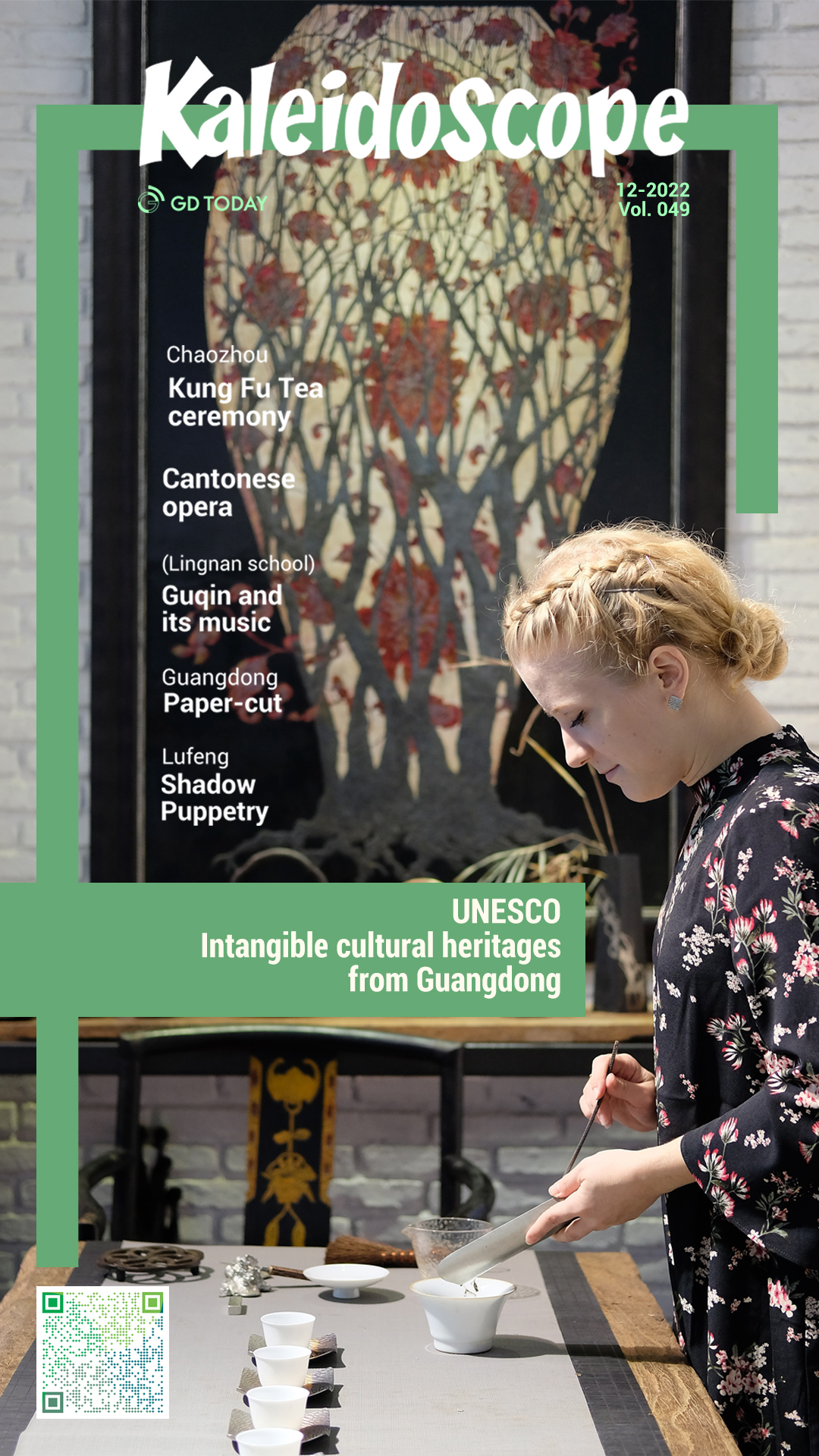
Traditional tea processing techniques and associated social practices in China (Chaozhou kung fu tea ceremony)
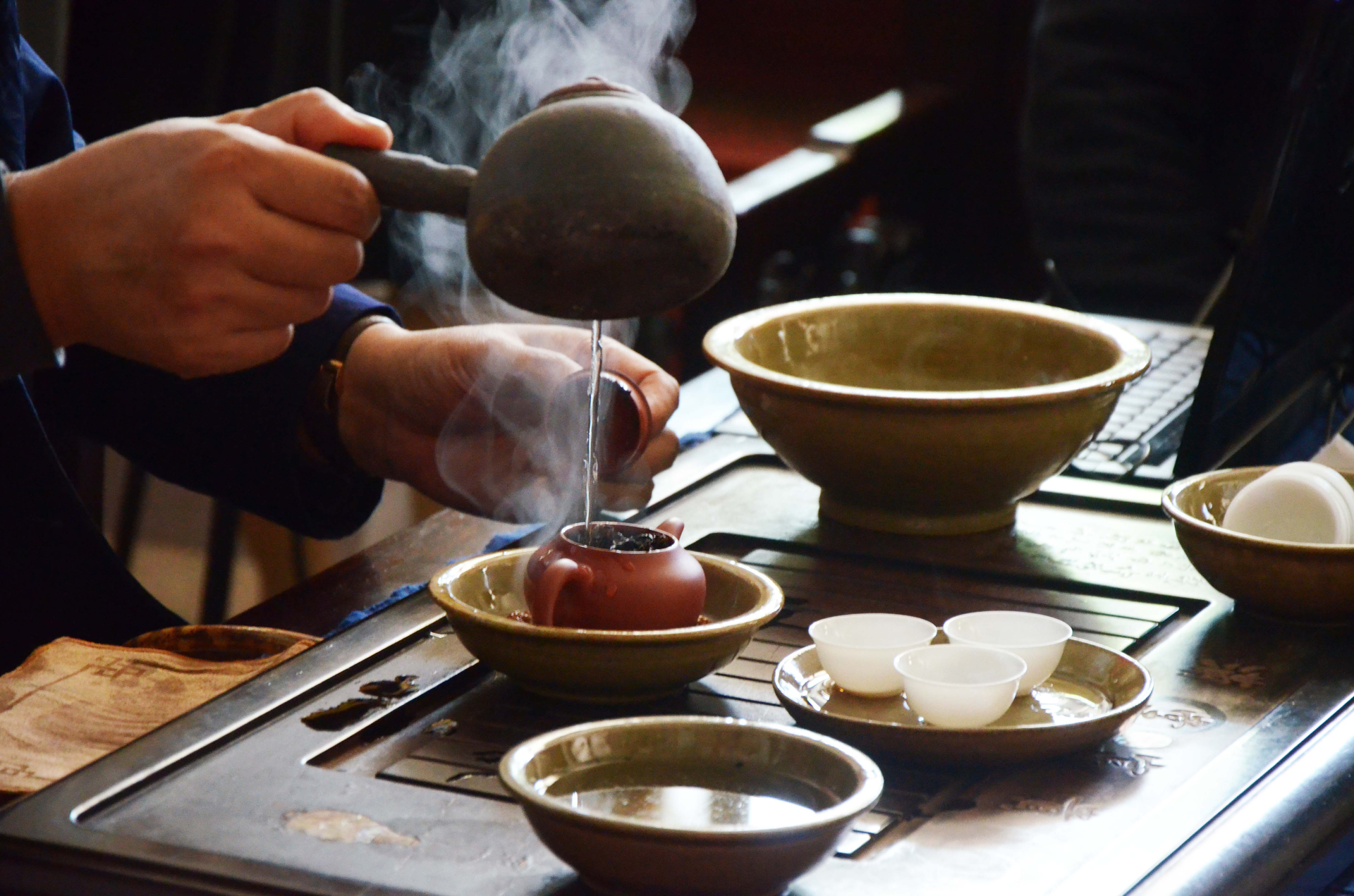
(Photo provided to GDToday)
Tea is ubiquitous in Chinese people's daily life. The traditional tea processing techniques and associated social practices in China include knowledge, skills, and practices concerning the management of tea plantations, picking of tea leaves, manual processing, drinking, and sharing of tea.
The Chaozhou kung fu tea ceremony is a unique custom in the Chaoshan region (consisting of the cities Chaozhou, Jieyang, and Shantou) of Guangdong province. Kung fu in Cantonese means the study and practice that requires patience, energy and time, and kung fu tea is about the ceremonial way of making good tea. This kind of tea ceremony features a small tea set, 21 main procedures, as well as semi-fermented oolong tea, among which the Dancong (single bush) tea from Chaozhou’s Fenghuang Mountain is most favored. Prevailing in Guangdong, Fujian, Hong Kong, and Taiwan, it has also influenced the whole country and overseas.
Cantonese opera
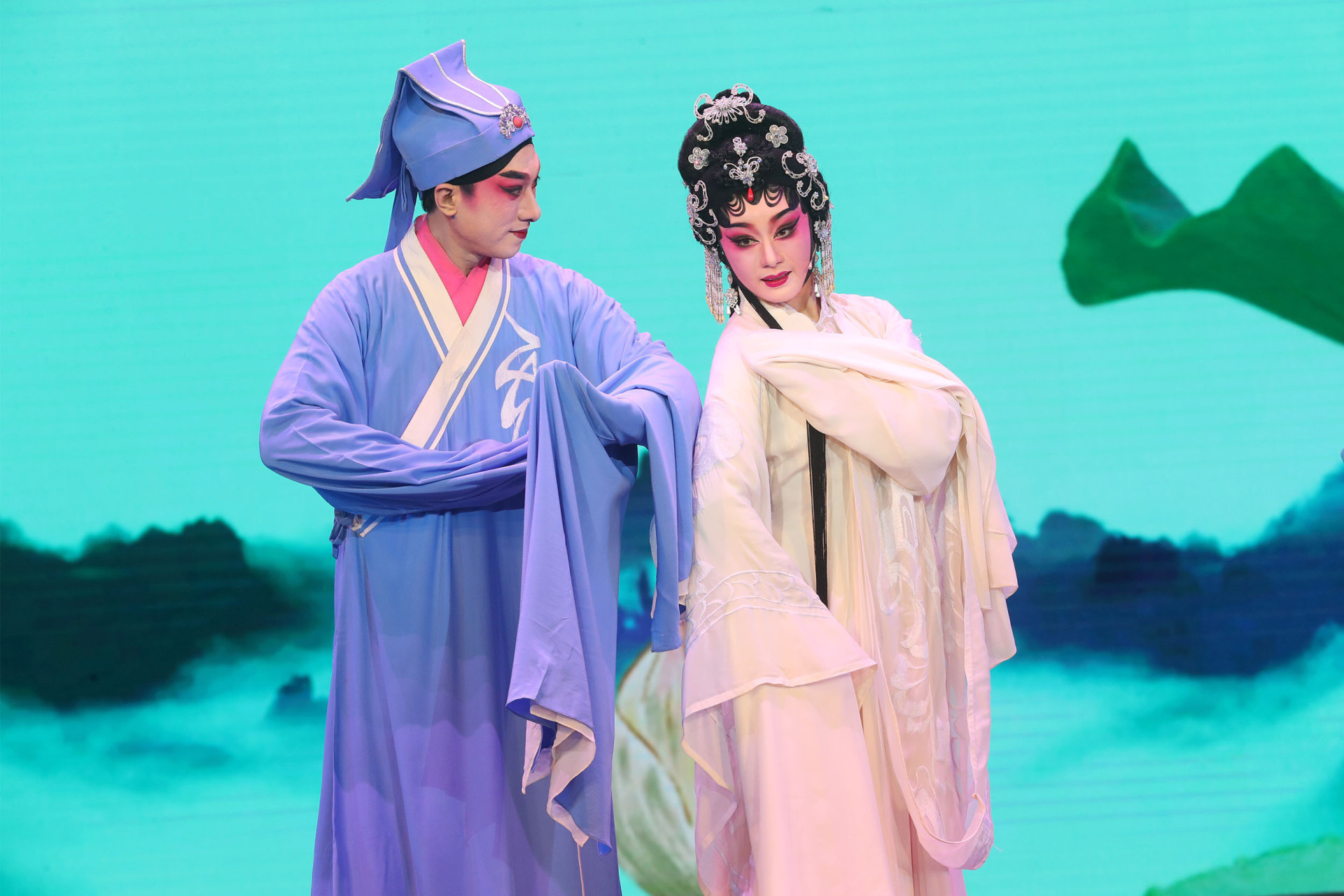
(Photo: Nanfang Daily)
Cantonese opera was inscribed on the Representative List of the Intangible Cultural Heritage of Humanity by UNESCO in 2009. It combines Mandarin operatic traditions and Cantonese dialect, featuring string and percussion instruments, elaborate costumes, face painting, and martial arts. It has developed a rich repertoire of stories ranging from historical epics to more realistic descriptions of daily life. Mainly popular in the Cantonese-speaking provinces and regions of Guangdong, Guangxi, Hong Kong, and Macao, this genre of opera provides a cultural bond among Cantonese speakers in the country and abroad.
Guqin and its music (Lingnan School)
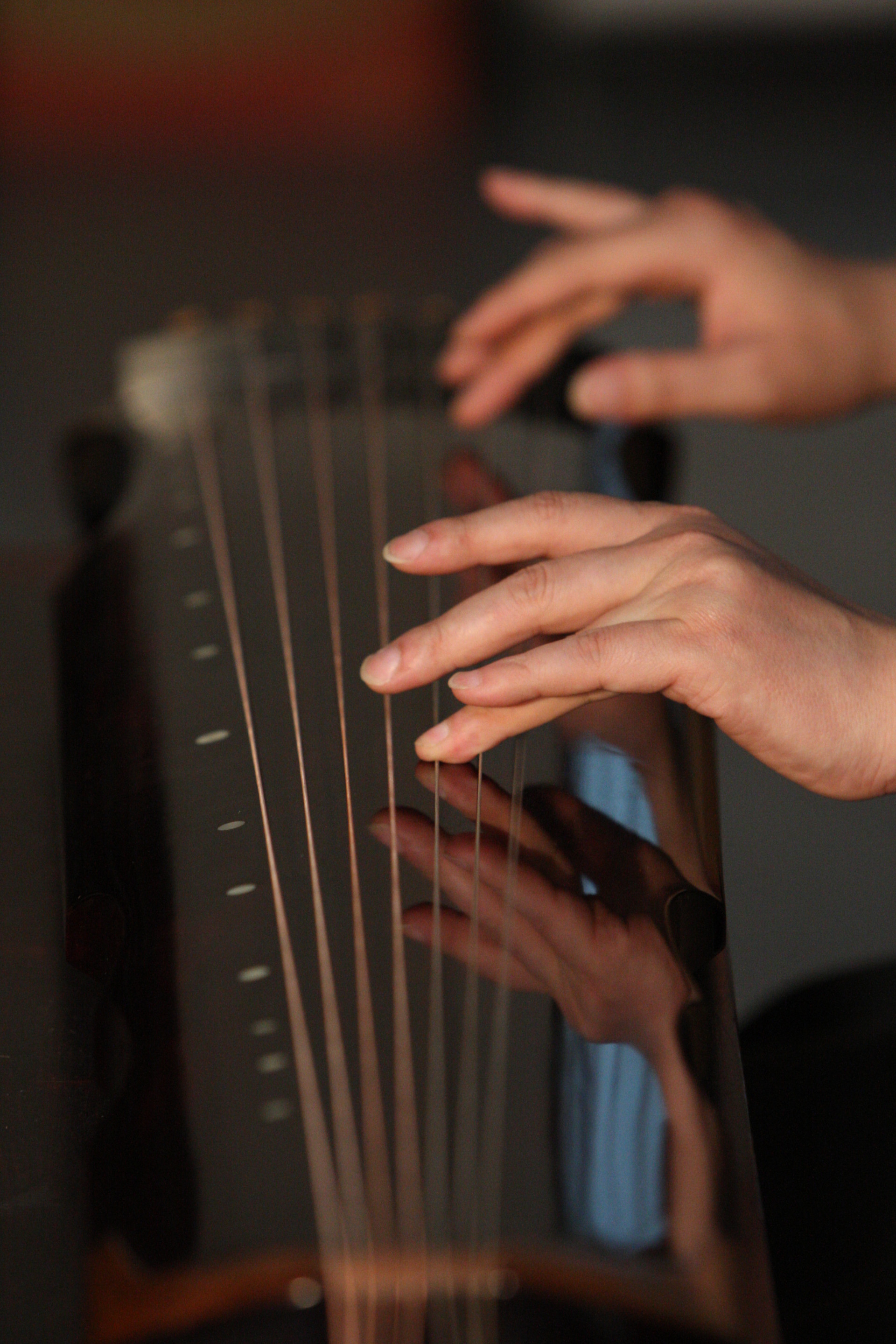
(Photo: Nanfang Daily)
The guqin has existed for over 3,000 years and represents the foremost solo musical instrument tradition in China, with seven strings and thirteen marked pitch positions. By attaching the strings in ten different ways, players can obtain a range of four octaves.
The guqin was introduced to the Lingnan area during the Qin Dynasty (221BC-207BC), and the Lingnan school of guqin art is mainly prevalent here. This school of guqin features the cadence of the musical structure, the varied and lively rhythms, and the remote and ethereal sound, constituting a distinctive style of guqin music.
Chinese paper-cut (Guangdong paper-cut)
Present throughout China and in various ethnic groups, paper-cut is a popular art integral to everyday life. The paper can be cut or engraved with a chisel, colored, or left blank. Guangdong paper-cut is a branch of Chinese paper-cut, mainly composed of Foshan paper cutting, Chaoyang paper cutting, and Chaozhou paper cutting.

Foshan paper cutting (Photo: Nanfang Daily)
According to the materials applied, Foshan paper cutting can be divided into nine categories, including paper, copper lining, wood engraving, and copper chisel. Cutting and carving are the most common paper-cutting techniques used in Foshan.
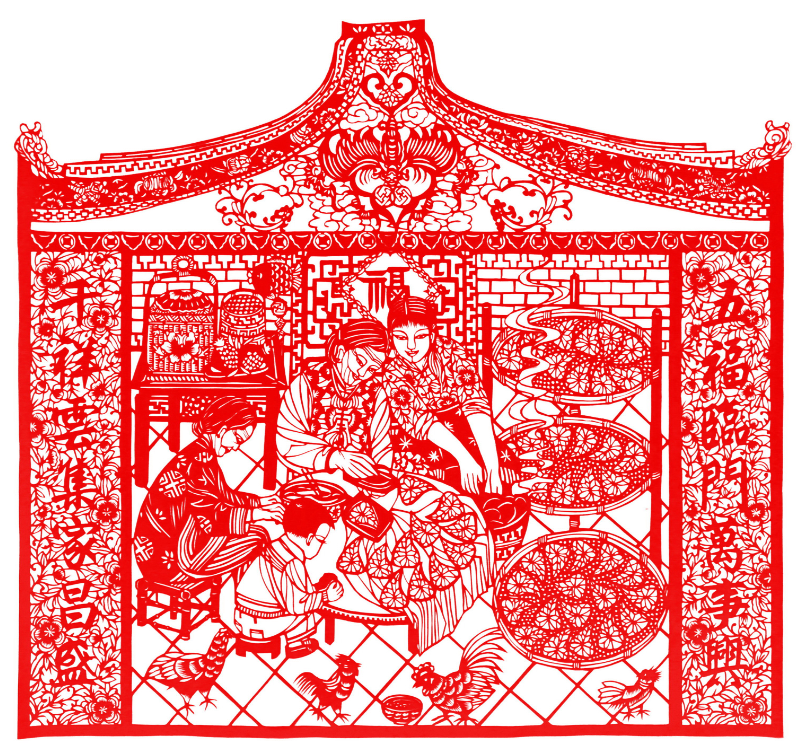
Chaoyang paper-cut works (Photo: Official WeChat account of Shantou Chaoyang District Cultural Center)
Chaoyang paper cutting refers to paper-cuts in the Chaoshan area, featuring themes of auspiciousness, festival celebration, and people's daily lives, with a symmetrical structure.
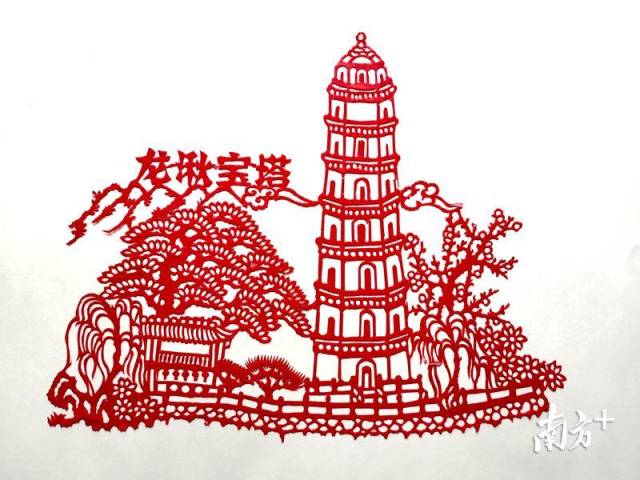
Chaozhou paper-cut works (Photo: Nanfang Plus)
Furthermore, the themes of Chaozhou paper cutting primarily involve flowers, animals, figures, and landscapes. A category known as "zan zhi (literally means carving paper)", in which designs are placed on colored paper or gold foil and engraved with a carving knife, is a specialty of Chaozhou paper cutting.
Chinese shadow puppetry (Lufeng shadow puppetry)
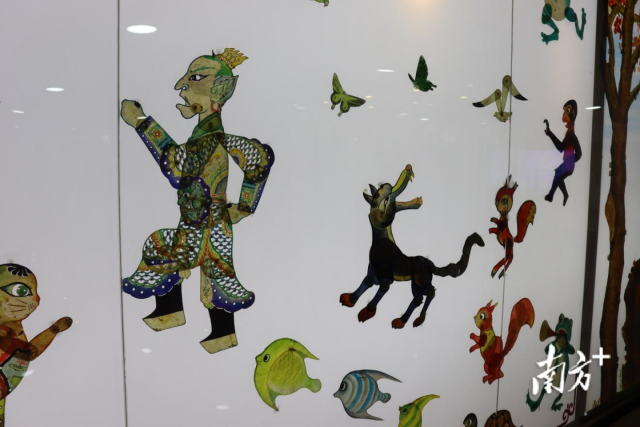
(Photo: Nanfang Plus)
Chinese shadow puppetry is a form of theatre acted by colorful silhouette figures made from leather or paper, accompanied by music. Guangdong's Lufeng shadow puppetry is the only legacy of Chaozhou shadow puppetry, one of only three shadow puppetry categories in China.
Originating in the Song Dynasty, Lufeng shadow puppetry has the genes of the ancient Minnan dialect and is inspired by the folk customs of Shanwei city. Its music incorporates the local Zhengzi opera, Lufeng fishing songs, and folk ditties, while ink painting, paper-cutting, and various other traditional art forms are used in its stage design. Manipulated by puppeteers using rods, the figures create the illusion of moving images on a translucent cloth screen illuminated from behind.
Author: Holly
Poster: Alice
Editor: Wing, Olivia, Monica, Jerry
















